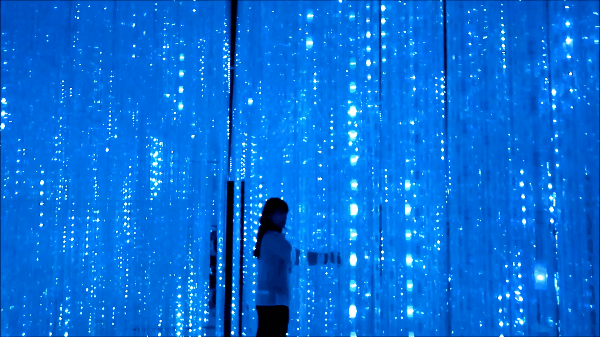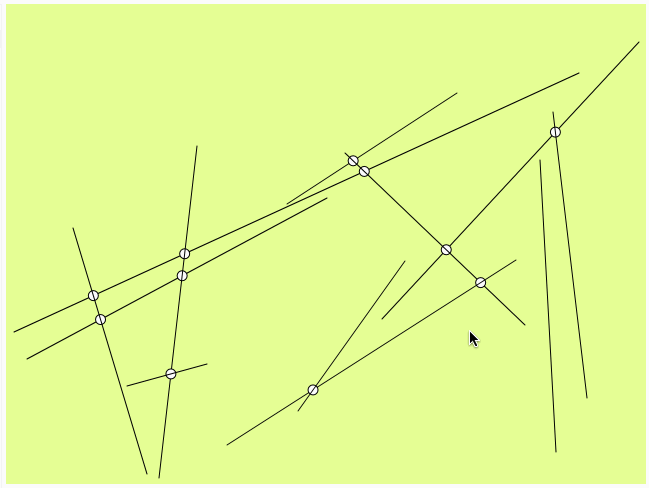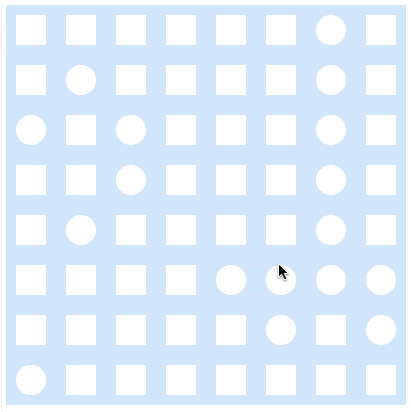3. The Critical Engineer deconstructs and incites suspicion of rich user experiences.
The third tenant informs how Critical Engineers often raise doubts and question the level of validity and credibility when user experiences become too rich, too seamless, and too, for lack of better words, "perfect" -- said in an eerily utopian way. I found this to be particularly interesting because, as a society, we want our products to work in absolute harmony with us; the more integrated, attuned, smart and intuitive our devices and systems are with us, the more we expect such flawless services, and the more we rely and are satisfied with them. In many cases, a flawless user experience is the "norm" to be expected, and it is only when such a service is failed to provide that we take note of the bad design actually being presented.
Many forms of services, products, and systems that we engage with and encounter today are more often than not, heavily entwined with thought out user experience -- from niched and developed VR experiences, to engaging with everyday platforms such as social media. Whereas there is still a somewhat clear distinction in how a digital VR world differs from the actual world experience, this line can easily blur and become confused with the real world -- akin to how we engage with social media platforms today. There is an upwards trend in becoming a content creator, and as more and more users engage with such role and influence, it becomes more difficult to distinguish what stories, informations, and experiences are true to nature, and what others are merely fabrications and/or replicas.



